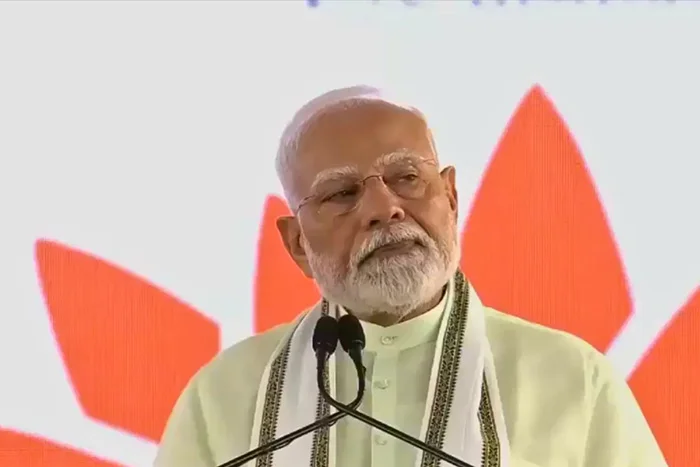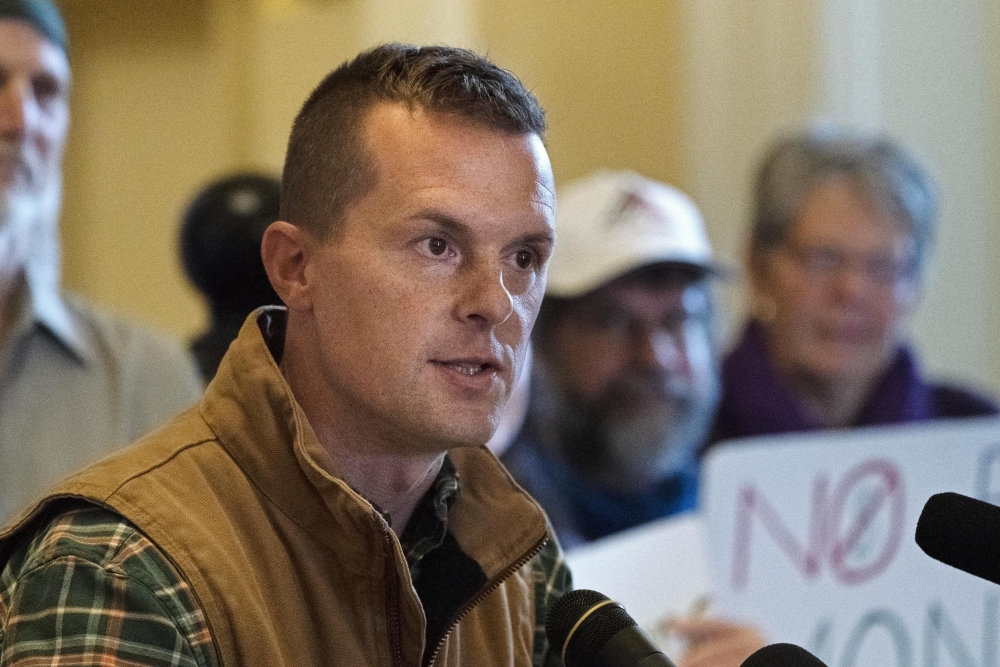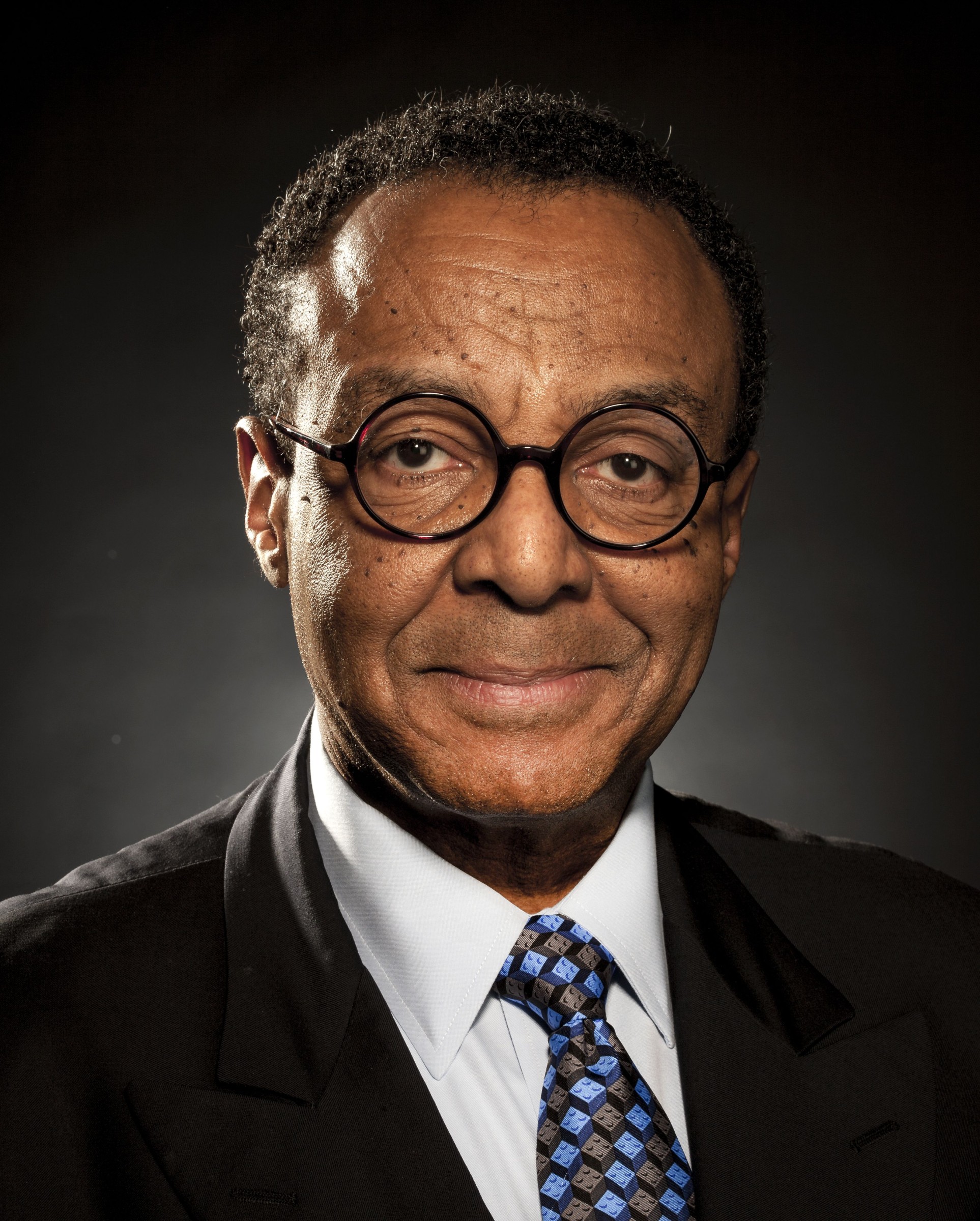
by Prof. Emeritus Thangamuthu Jayasingam Former Vice Chancellor, Eastern University President, Batticaloa District Chamber of Commerce, Industries, and Agriculture (BDCCIA) It has been announced that Prime Minister of India Narendra Modi will be visiting Sri Lanka this week It is also understood that the Prime Minister will meet the Sri Lankan leaders and hold formal meetings for discussion and action. There will likely be many issues on the agenda.
However, in a country with centuries-old ties to India and a significant population with strong affiliations to the Indian people, it will be a pity if the Prime Minister were to limit his engagements to government representatives alone. While parliamentarians may be an obvious choice for meetings, they have already engaged with Indian counterparts frequently. It would be more relevant for the Prime Minister to meet with representatives from business sectors, trade unions, and chambers of commerce to gain a broader and more practical understanding of Sri Lanka’s economic landscape and its relations with India.

The Eastern Province, in particular, has a special claim for attention. The Indian government has previously indicated its commitment to developing the East, and it is crucial to have direct discussions with communities in the Eastern Province to understand their issues and the agreements India is willing to pursue in relation to development. If this does not happen, the Eastern Province risks being, once again, misled by promises that never materialise—a mirage that keeps its people hopeful but ultimately unfulfilled.
The East has long remained in the blind spot of development, acknowledged but never truly engaged, resulting in rising poverty and unemployment. It desperately needs a concrete programme for meaningful restoration and growth. Batticaloa, in particular, lacks both the political backing that Ampara enjoys and the economic advantage of Trincomalee, which benefits from its harbour.
Without targeted intervention, Batticaloa and other underserved areas in the East will continue to lag behind. India needs to be more aware of the Eastern Province’s potential if it is to play a constructive role in its development. The region is naturally gifted with abundant resources, making it highly suitable for agriculture, fisheries, dairy farming, and tourism.
It has vast lagoons, water bodies (Thonas) that connect to the sea, forests, and coastal ecosystems—elements that create immense economic potential. India has expertise in all these sectors, and tourism, in particular, could thrive with increased engagement, given the presence of Hindu temples of cultural and religious significance to the Indian population. The dry zone, which dominates the North and East, shares similarities with Indian landscapes, making it ideal for cultivating crops and flowers with mutual trade agreements.
Expanding fisheries within the 200-mile exclusive economic zone in the East, as well as harnessing ocean floor resources, presents a valuable opportunity for both India and the Eastern Province. Additionally, the large cattle population in the region could greatly benefit from India’s expertise in dairy production, as India is the world’s largest milk producer. The vast lagoons in the East rival those of Kerala, offering significant potential for inland tourism with boat services and associated activities.
The scope for development is clear, but what remains uncertain is India’s real commitment as a development partner, as stated by the Sri Lankan government. The Prime Minister’s visit must engage with all communities to ensure transparency and assurance that the East will not be left behind. It is also crucial for the Eastern Province to be treated with the same level of importance as the North.
The North has its own dedicated branch of the Indian High Commission, and the Malayagam community has established formal links with India. However, the Eastern Province appears to be the forgotten limb in this equation, and this neglect must be addressed. The Eastern Province also continues to grapple with unresolved issues from the past conflict, including physical and cultural encroachments.
The region was separated from the North through a court ruling two decades after the Indo-Sri Lanka Agreement’s merger of the North and East, yet it has never had the referendum required by law. India’s interests in Trincomalee and its harbour are well known, but the larger population of the Eastern Province is still awaiting India’s engagement in the region’s overall development. The people in the East want India to be truly committed to facilitating progress in their region, and will eagerly look to see that its actions reflect that commitment.
Let us hope that this visit brings a mirror of true reflection and action, rather than be another mirage of unfulfilled promises..















